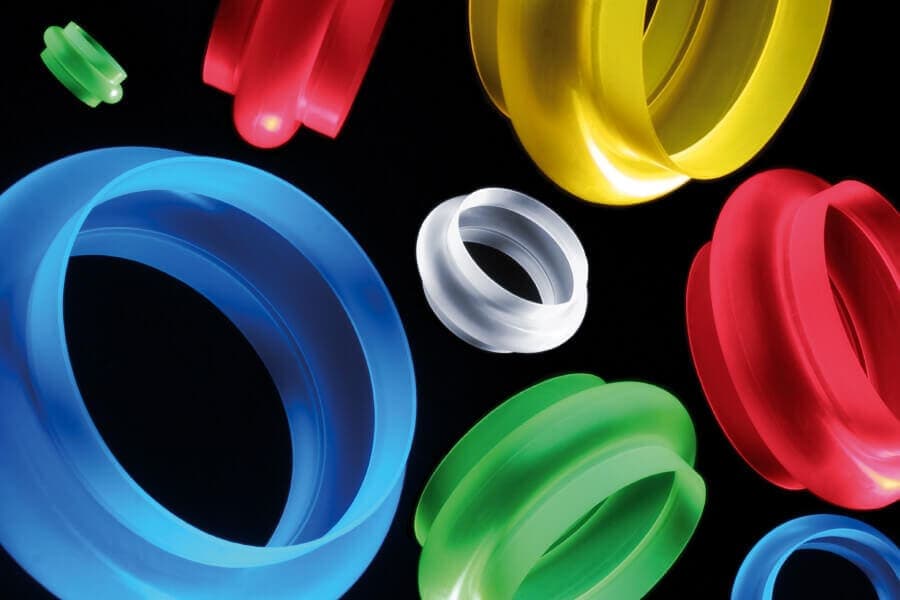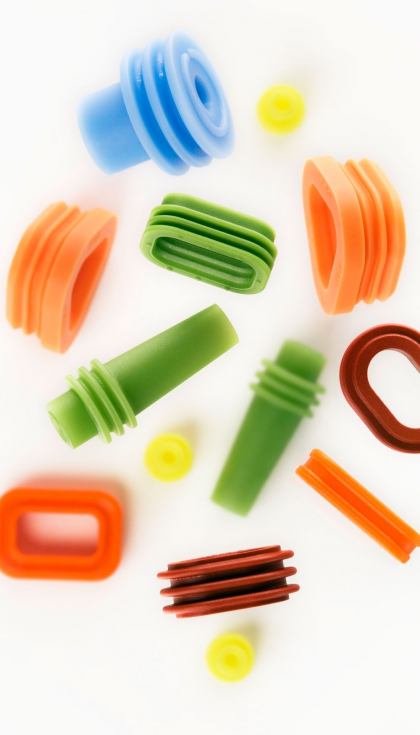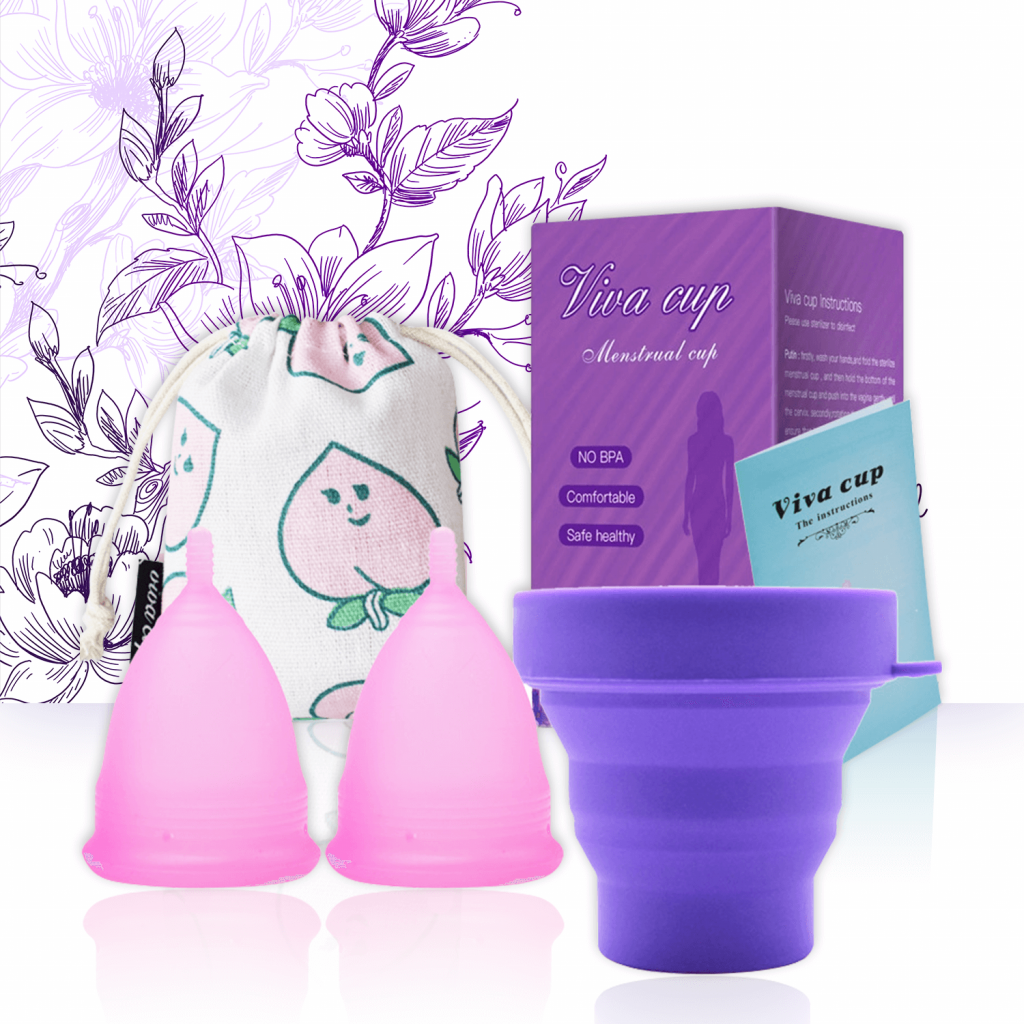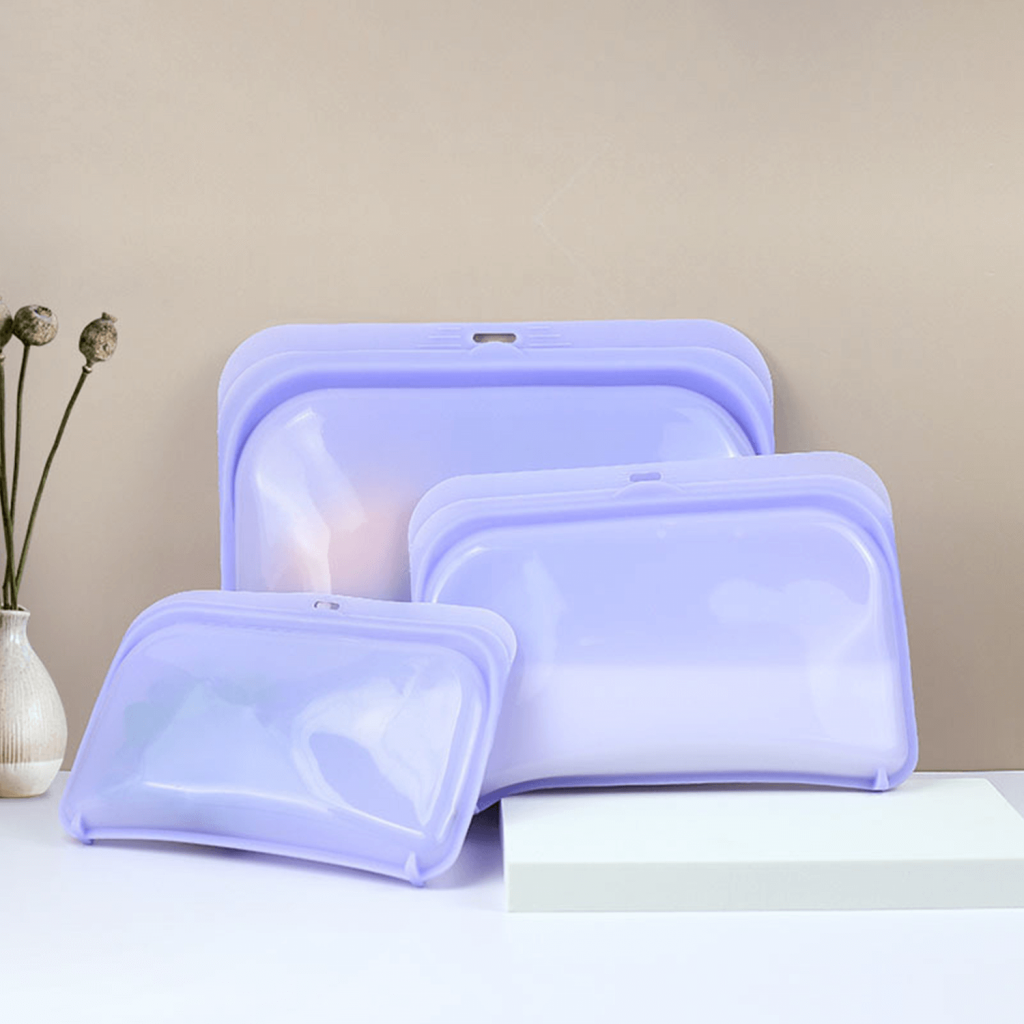Uncategorized
Is Silicone Rubber Considered Zero Waste? 5 Facts You Should Know
If you’ve eliminated all the plastic items you use in the home, good for you! You’re on your way to a healthier, greener lifestyle. But you might be wondering what products to use instead. A common material that comes up as an alternative is silicone rubber.
Silicone rubber is a highly versatile material valued for its flexibility, biocompatibility, and resistance to temperatures, UV light, radiation, and ozone. In this article, Martin’s Rubber explains the advantages and disadvantages of silicone rubber.
Table of Contents
WHAT IS SILICONE RUBBER?

Silicone is a remarkable material. Silicone rubber is cross-linked by the oxygen and silicon to form a polymer and synthetic elastomer. It is a perfect balance of mechanical and chemical properties, so they can satisfy the need of many demanding applications today.
Silicone rubber has many features of excellent heat resistance, cold resistance, dielectric, electrical, ozone resistance, resistance to atmospheric aging, thermal stability, electrical insulation, air permeability, high transparency, good heat resistance and excellent adhesion, active and demoulding and so on. Silicone rubber with outstanding performance is used for long-term at broad temperature which ranges from -60 ℃ to 250℃ (or more higher temperature).
On the other hand, whilst stable and flexible, silicone’s chain is weak, which means it tears easily.
ADVANTAGES AND DISAVANTAGES OF SILICONE RUBBER
Some of the main advantages of silicone rubber
Heat resistant
One of the main benefits of silicone rubber is its heat resistance. It offers outstanding high-temperature resistance, with some compounds able to withstand temperatures up to 305 °C. Silicone’s thermal stability means it retains its structure and properties over a wide temperature range. This extends to low temperatures too, which means this synthetic rubber can maintain its flexibility even at -100°C.
Hygienic
Have you ever wondered why so many kitchen utensils are made of silicone? Well, that’s because another advantage of silicone rubber is its non-porous nature. This makes it resistant to bacterial build-up, making silicone particularly useful in food and beverage applications, where food-grade compounds can provide total peace of mind. Silicone is also non-toxic, water-repellent and recyclable at specialised plants.
Some of the disadvantages of silicone rubber
Tear strength
One of the major disadvantages of silicone rubber is its poor tear strength. This can be improved with the addition of other ingredients, but it doesn’t naturally offer strength or abrasion resistance, so the application needs to be carefully assessed for the suitability of silicone as a solution.
Cost
Another disadvantage of silicone elastomers is that as a premium product they can come with a similarly premium price tag compared to some other rubber materials. However, this initial outlay is often offset by improvements in uptime and quality control. Again, speaking to a specialist like Martin’s Rubber will enable you to gain a clearer understanding of silicone’s ROI with regards to your specific application.

SO, IS SILICONE BETTER THAN PLASTIC?
Let’s say yes, BUT only for situations in which you cannot use other more sustainable materials.
Silicone has two big advantages that make it a much more eco-friendly option than plastic, rubber and other man-made compounds and that is its composition and its durability.
As we have explained, silicone’s inertness also means that its particles do not migrate the same way that those in plastics and other synthetic materials do to accumulate in human bodies or the environment. You can use silicone products with a high degree of confidence that they are not contaminating food, polluting water sources or making you sick.
WHY SILICONE IS NOT BIODEGRADABLE?
Silicone is not biodegradable
A biodegradable material is one which can be broken down by living organisms until it can be reincorporated into nature again. But this does not happen to silicone. In fact, if you threw your menstrual cup onto the compost heap or burried it in your garden, not only will it take decades to breakdown (imagine your reaction if in 25 years time you decide to plant a veggie patch and discover your old but intact menstrual cup), but it will also never become one with nature.
Therefore we cannot say that it is biodegradable. Although it does have other advantages.
There are a few downsides to silicone’s recyclability. First, same as plastic, it is not infinitely recyclable. Second, recyclers can only downcycle it into silicone oils so, for example, you cannot make a new muffin mold from recycled silicone. Third, most people will simply dispose of silicone the same way that they dispose of other trash and it will go to landfills. The good news is that, since silicone doesn’t decompose and its components have a very low migration rate, the environmental impact is significantly reduced in comparison to plastics.
WHAT ARE THE BEST USES FOR SILICONE?

- Silicone products can be a valuable replacement for plastic in the home. You can use silicone products for various tasks.
- It’s safe for silicone to come into contact with food, such as in the case of silicone lunch boxes, and this is largely because silicone doesn’t contain harmful chemicals such as BPA that give plastic such a bad reputation.
- Although more research is required on the subject of silicone and its possible chemicals, it’s definitely more eco-friendly and healthier than products made of plastic.
- You can’t just shop for silicone products anywhere and expect that they’ll all be worth your money or contribute to a zero waste lifestyle.
- In fact, silicone that’s made cheaply can contain chemicals that prevent silicone’s resistance to heat. Those chemicals can also leak out of the silicone, potentially being a health hazard.
- When shopping for silicone products, make sure you always choose the highest quality of silicone. Interested in zero-waste silicone rubber products? check our review here.
- Products that are marked as ‘medical grade’ or ‘food grade’ are high-quality items that will prevent the use of toxins in your home. You should also look for FDA stamps of approval on silicone products.
- You can also test the quality of a silicone product by twisting or pinching it. If the silicone starts to change color, then it contains chemical fillers. Pure silicone won’t change color, as Earth Hero reports.

This means that it’s much more suitable as part of a zero waste lifestyle because you won’t have to replace products made from it as quickly as, say, products that are made out of plastic. The point is to choose wisely and take care of the products you have. Reuse them as much as you can, and always try to find the best way to dispose of silicone or any other material.

